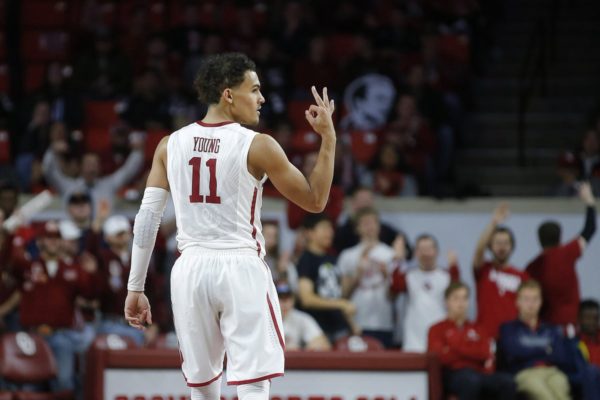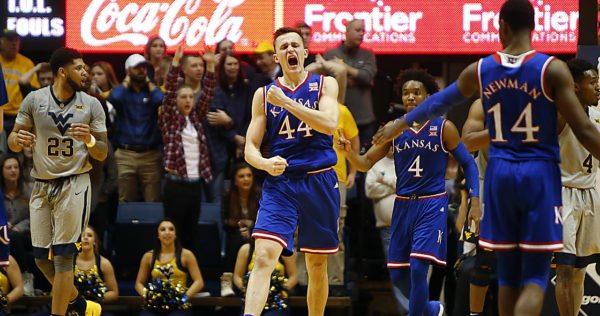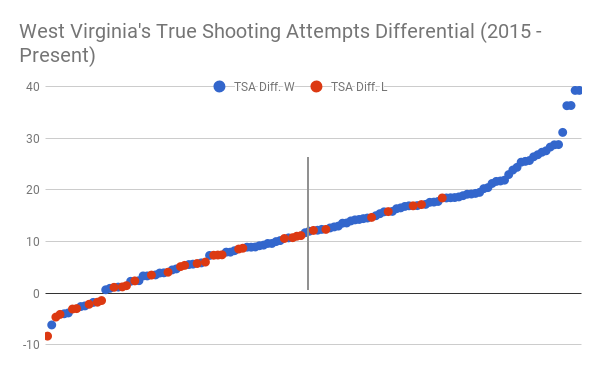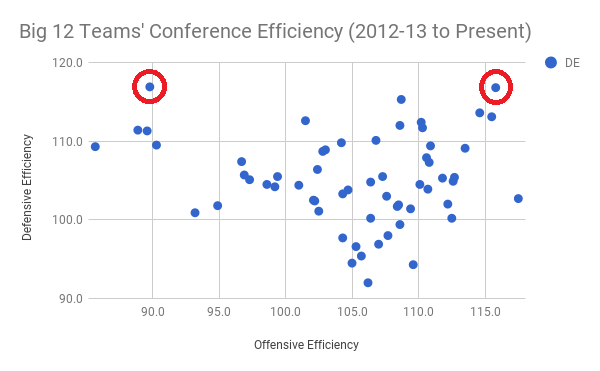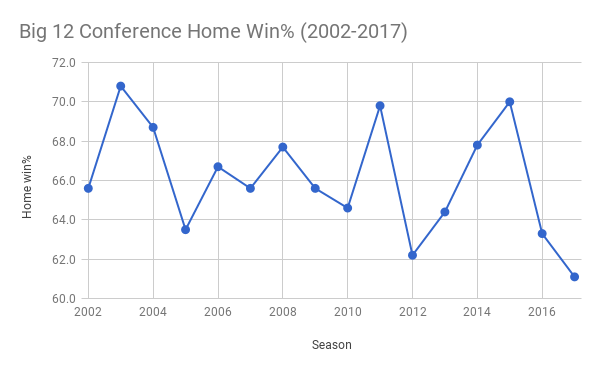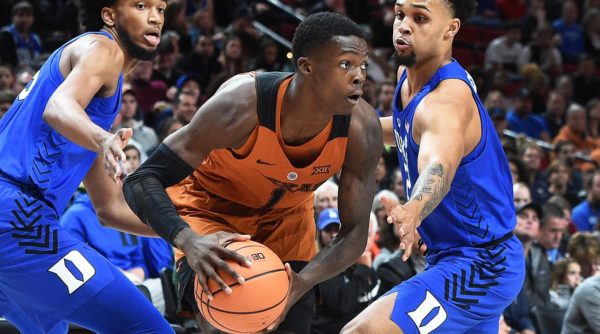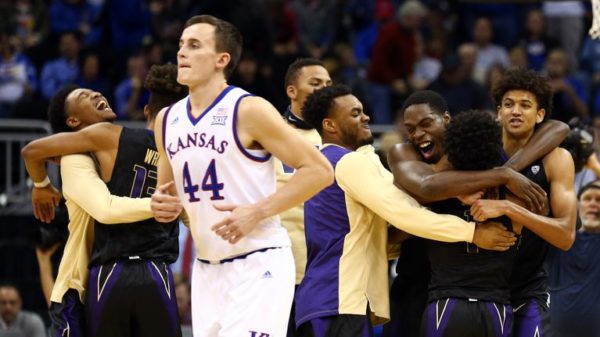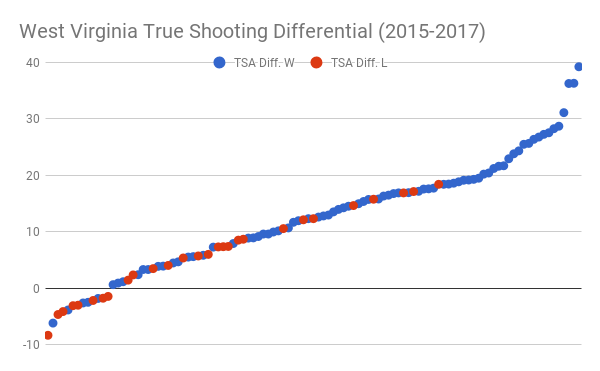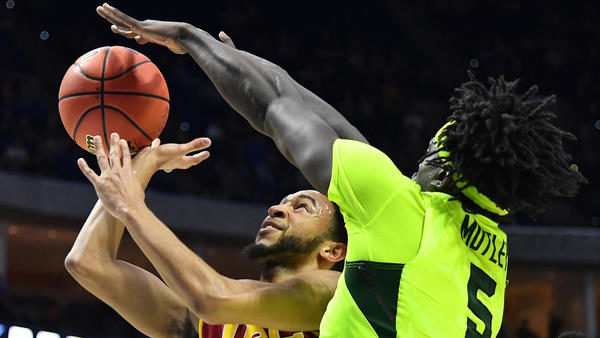Friday Figures: Big 12 Senior Night Edition
Posted by Chris Stone on March 2nd, 2018Welcome to the final Friday Figures of the regular season. With senior nights abounding around the Big 12, this week we’re showing some love to a few of the league’s most talented and/or under-appreciated old guys.
- Kenrich Williams is TCU’s do-it-all glue guy. Only eight players in the last 25 years have averaged 13.0 points, 9.0 rebounds and 4.0 assists per game over the course of a season. One of that group is Williams. Several players on the list — Ben Simmons, Evan Turner and Royce White, for example — were future pros. Williams is also one of only three players in that group to attempt more than three three-pointers per game and is the only one to make better than 40.0 percent of them. On the other end, he is a terrific and multi-positional defender who averages nearly two steals per contest. A former junior college player who joined the Horned Frogs for his sophomore season, Williams has developed into one of the most versatile players in the Big 12.
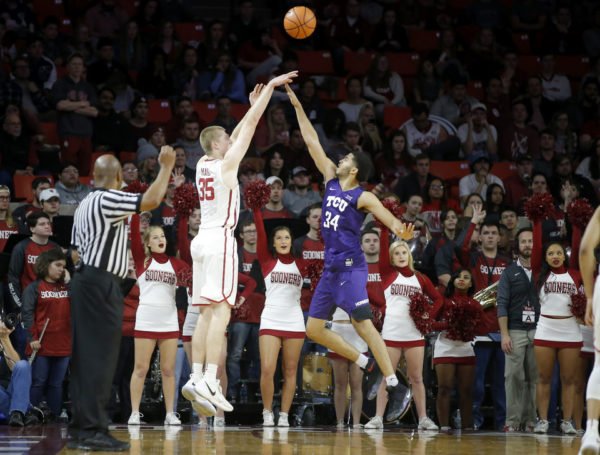
Kenrich Williams is one of the Big 12’s top seniors. (Photo credit: Bryan Terry, The Oklahoman)
- Khadeem Lattin is the league’s overlooked defensive anchor. Lattin, a three-year starter for the Sooners, can get lost in the mass of impressive rim-protectors in the Big 12. However, the senior center is perhaps the most influential piece of his team’s defense. Individually, Lattin has the third-highest block rate among qualified players in the conference at 9.5 percent and second highest steal rate (3.3 percent), per KenPom. Both of those translate into a more effective team defense for Oklahoma. The Sooners concede seven points per 100 possessions fewer with Lattin on the floor, per Hoop Lens, as opponents commit significantly more turnovers and shoot just 47.5 percent inside the arc — five points lower than with him on the bench. Obviously Oklahoma’s overall team defense has been a disappointment this season — it ranks outside of the top 100 in adjusted efficiency — but Lattin deserves no blame for those struggles. Instead, he gets a bit of praise.





























